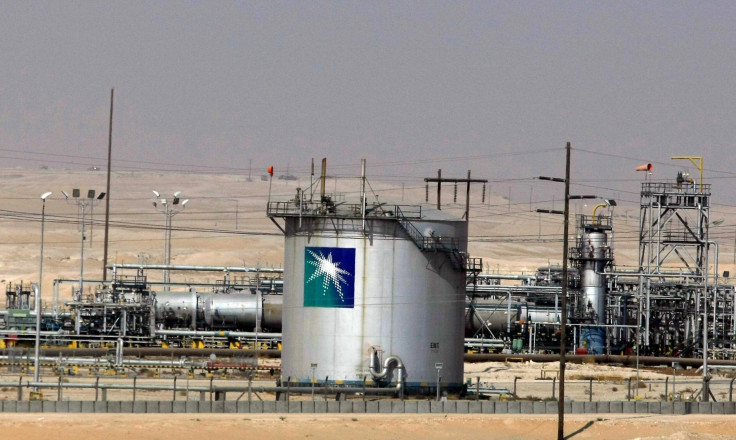Fitch Cuts Saudi Arabia’s Credit Rating As Cheap Oil Continues To Hurt Revenue

Ratings agency Fitch on Tuesday downgraded Saudi Arabia’s sovereign credit rating one notch, to AA- from AA, citing “major negative implications” of the drop in global oil prices. The agency attributed the ratings cut to a downward revision of its oil price assumptions for 2016 and 2017.
Fitch kept its outlook for the country as negative, suggesting that another downgrade was still possible. It also noted that Saudi Arabia’s budget deficit, which surged to a staggering 14.8 percent of the gross domestic product in 2015 from 2.3 percent in 2014, is only expected to narrow “marginally” in 2016 even if oil prices recover modestly.
“A large share of the government's financing needs will be funded by disposing of foreign financial assets, but the government has also started raising debt domestically,” Fitch said in its assessment, adding that the Kingdom’s efforts to raise money, including its first Eurobond issue later this year, could push the government debt to GDP ratio to 9.4 percent in 2017.
In 2014, this figure stood at 1.5 percent — the lowest in the world.
Oil revenues account for roughly 80 percent of Saudi Arabia’s revenue, and, as a result, the country is facing the brunt of the recent plunge in oil prices. Between September 2014 and February 2016, global oil prices dropped by about 70 percent, and the ensuing decline in oil-dominated export revenue led to Saudi Arabia’s budget deficit ballooning to $98 billion last year.
In December, the Saudi government announced a raft of spending cuts and reforms aimed at reducing the budget deficit to approximately $87 billion by the end of this year after the International Monetary Fund warned that the country may run out of cash in less than five years.
The oil-rich nation’s credit rating has already been downgraded by Moody’s and Standard & Poor’s, both of which cited the precipitous drop in oil revenue as a reason for doing so.
© Copyright IBTimes 2024. All rights reserved.






















